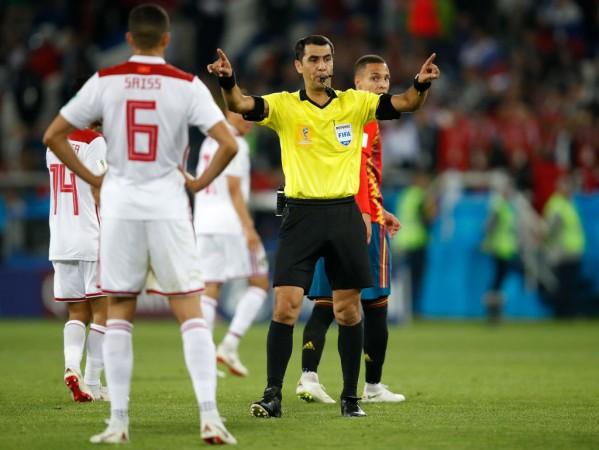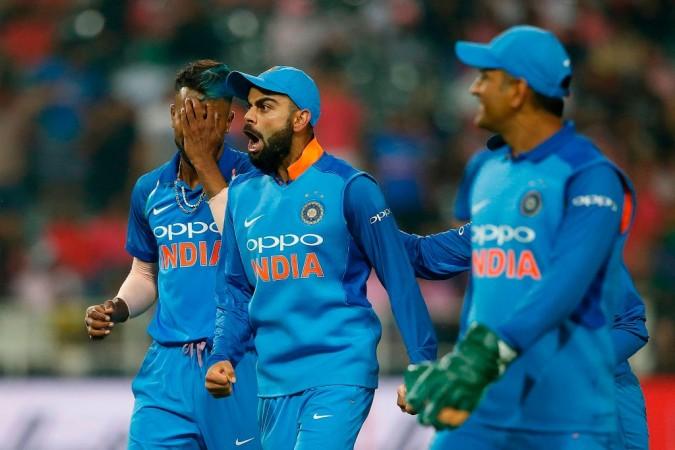The Video Assistant Referee (VAR) room was at the centre of attention as much as the on-field action in the recently concluded FIFA World Cup.
The use of match officials not present in the ground as decision makers was always going to be a sore point for spectators, managers, and the players. The fact that the officials of the VAR room depend on cameras which provides inconclusive footage adds to the frustration of the concerned parties.
However, the biggest hurdle about using such technology in sports is that it stalls the momentum of the play and leaves both participants and the spectators waiting to see if they have celebrated prematurely.
The ticket-buying audience, in particular, are perhaps the more confused party with a tentative understanding of what the referee's gestures connote while using VAR.

All these factors prompted the majority of the Premier League clubs voting against the use of VAR in the league for the second season in a row. This decision had been taken before the World Cup began.
The clubs were reportedly unsatisfied about the effects of the VAR in the FA Cup as well as during the international friendlies.
The fact that Bundesliga, La Liga, and Serie A will either continue or begin using VAR seems to make the club honchos feel indifferent. The requirements of more on-field cameras to facilitate decision making was also cited as a reason.
How Premier League is doing a BCCI

The usage of the Decision Review System (DRS) was a bone of contention in India. Other international teams have already adapted to the technology and have used it in matches between them while India refused.
The idea of technology as a hindrance was propagated but so was the supposedly costly nature of technology like Snickometer.
In both cases, two well-off entities have astonishingly cited the lack of financial viability as a reason to adopt the technology that has reduced errors amidst all the noise.
South Korea, for instance, were aided by the VAR system to secure their victory over Germany when their first goal was wrongly deemed offside.
India too found the DRS on its side in the 2011 World Cup when Sachin Tendulkar used it in the semi-final against Pakistan after being given out incorrectly.
Technology is not a fool-proof method of providing remedies. There is a limit on how many times it can be used in the course of cricket, football and even tennis. But to deny it altogether is adding to the vulnerability of officials when their decisions are ambiguous.
Sports as a whole suffers more in such cases having denied itself tools that would help it more often than not.

















